How to Use the Apostrophe
in the English Language
Rules and Examples
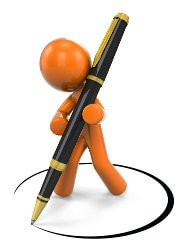 The
apostrophe is a form of punctuation in the English language. It looks
like a comma ( , ) but appears at the top ( ' ) of words instead of the
bottom.
The
apostrophe is a form of punctuation in the English language. It looks
like a comma ( , ) but appears at the top ( ' ) of words instead of the
bottom.Click Here for Step-by-Step Rules, Stories and Exercises to Practice All English Tenses
The apostrophe has two main uses.
We use the apostrophe to:
1. Indicate possession (ownership) by a noun.2. Represent missing letters in a contraction.
Forming possessives of nouns
A noun is a person, place or thing. Nouns can be singular (meaning one)
or plural (meaning more than one).Examples:
| Picture | Singular | Plural |
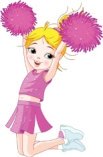 | girl | girls |
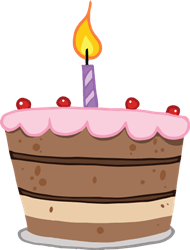 | cake | cakes |
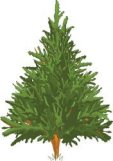 | tree | trees |
 | cat | cats |
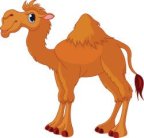 | camel | camels |
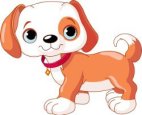 | dog | dogs |
 | shoe | shoes |
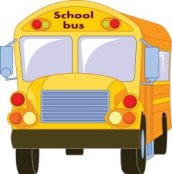 | bus | buses |
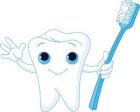 | tooth | teeth |
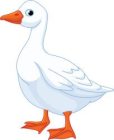 | goose | geese |
 | woman | women |
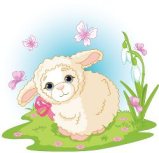 | sheep | sheep |
Use an apostrophe with an "s" after a singular noun to show ownership of the object by that noun ('s). Do this for all singular nouns, even if they end in an s.
Examples:
- dog's house => the house of the dog
- Tom's bike => the bike belongs to Tom
- Mr. Smith's car => Mr. Smith owns the car
- the teacher's desk => the desk of the teacher
- the boy's hat => the hat belongs to the boy
- Steve's dog => the dog belongs to Steve
To show plural possession, make the noun plural and add an apostrophe.
Some words will require an apostrophe plus an "s". Others will only
need an apostrophe.
If the plural noun ends in an "s", put an apostrophe at the end of the
word. Do not add another "s". Examples:
- the members
of two churches => the churches' members
- the hats of
three boys => the boys' hats
- the bikes at two stores => the stores' bikes
If the plural form of the noun does not end in an "s", add an apostrophe with an "s" at the end of the word.
Examples:
- the toys of two children => the children's toys
- the wings of ten geese => the geese's wings
Using an apostrophe to show missing letters or numbers
We also use apostrophes in place of missing letters in contractions or shortened forms of words or numbers.A contraction is when you combine two words to make one shorter word. Use an apostrophe in place of the removed letters.
Examples:
- cannot => can't
- is not => isn't
- have not => haven't
- should have => should've
Use an apostrophe to show missing numbers in a shortened date.
Examples:
- 1960 => '60
- 1998 => '98
Tips for using an apostrophe
Do not use an apostrophe with possessive pronouns. Possessive pronouns
already show possession. His, hers, its, mine, yours and ours are all
examples of possessive pronouns.
- Incorrect: his' book
- Correct: his book
- Incorrect: The car is our's.
- Correct: The car is ours.
- Incorrect: it's foot
- Correct: its foot
Do not use apostrophes with all plural nouns that end in "s". Only use an apostrophe if it is needed to show ownership.
- Incorrect: I got some book's at the library.
- Correct: I got some books at the library.
- Incorrect: I got some book's at the library.
- Correct: I got some books at the library.
- Incorrect: I have two dog's at my house.
- Correct: I have two dogs at my house.
In conclusion, remember the two main uses for the apostrophe are with a noun to show ownership and in contractions to show missing letters.
These were the uses of the Apostrophe in the English Language. Now that you know them, it is time to practice! Read and do exercises.
Get Updates, Special Offers, and English Resources
Download your FREE GIFT (the first two chapters of
English Short Stories Book and Workbook)
as soon as you join!

By submitting your email, you consent to receiving updates and newsletters from us and to the sharing of your personal data with third parties for the purposes of sending you communications. We will not spam you. You can unsubscribe at any time. For more information, please see our privacy policy.
Return from the Apostrophe in the English Language to Punctuation Marks





